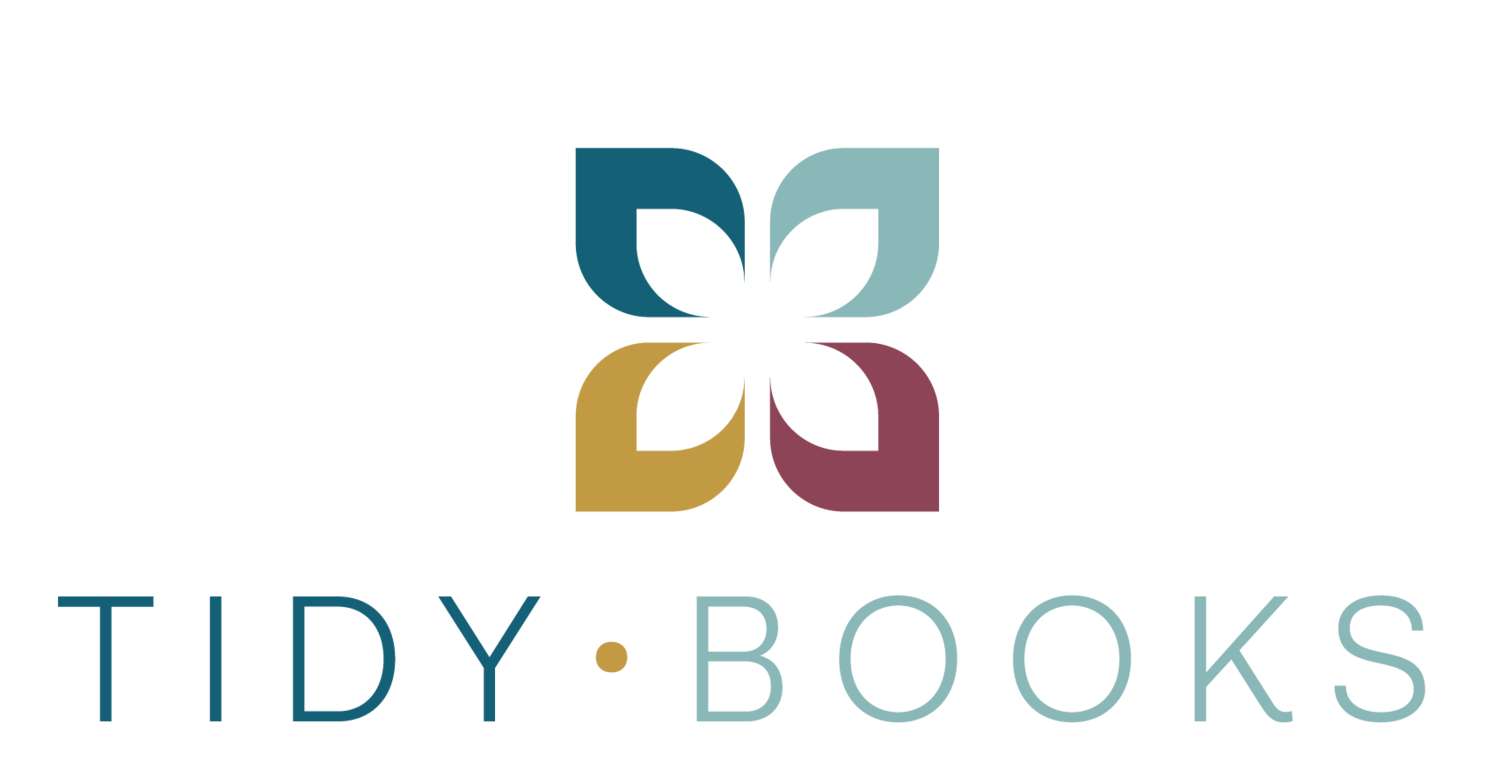I would venture to say that most photographers don't start out with formal plans. Most of us are flying by the seat of our pants, right? Often the habits we form at the start of our business have carried over as we grow - for better or worse.
But at some point, organization needs to be a top priority. Here are 3 steps in getting your finances in tip-top shape.
Step 1: Separate business and personal
It is very common for us to see photographers mixing business and personal expenses. This can be an accounting nightmare when it comes to making sure your books are accurate for taxes.
It can be a bit of a process to unlearn this habit, but the first step is to open a business bank account, if you haven't already. If you are using Venmo and/or Paypal in your business, open business accounts for those as well. Then start the process of shifting all of your expenses to your business accounts.
If you are using a credit card for your business expenses, make it a business credit card to keep everything clean and simple.
For the times that you swipe your personal card for business expenses or vice versa, just make sure those deductions are getting recorded properly on your books.
Step 2: Use a bookkeeping system
There are so many options for bookkeeping in your photography business. Here are our top three recommendations.
Quickbooks Online: For the photographer who is ramping up, going full time or scaling their business, we recommend going with Quickbooks Online as soon as you can, in order to establish good habits from the beginning. If you are building a serious photography business this is our top recommendation. Save yourself the learning curve and consult a bookkeeping professional to help with set up.
Quickbooks Self Employed: same company, different product. QBSE is intended for contractors or freelancers (think side gigs), where there is low volume and you need to be able to separate business and personal. If photography is your hobby and you are not dealing with things like sales tax, this might be a good solution. Since it is not as comprehensive as Quickbooks, this can be a great product to start out with, and once you start to feel limited, move to Quickbooks Online.
Easy Expense Tracker for Google Sheets: A spreadsheet can be a great way to track your income and expenses, especially if you are just starting out, or you plan to stay small or hobby size. We've created a spreadsheet just for photographers called the Easy Expense Tracker for Photographers. If you feel that Quickbooks is overkill for your business right now, check it out here.
Still unsure which system is best for you? Learn more about software versus spreadsheet here.
Step 3: Establish a monthly workflow
Bookkeeping is often something that gets put on the backburner each month, until suddenly it is the end of the year and panic sets in for tax time. This year, why not try blocking off a day each month (at least) to catch up on your monthly bookkeeping.
Create a monthly checklist for yourself to make sure nothing is falling through the cracks. We've created a monthly checklist in our bookkeeping tip sheet.



